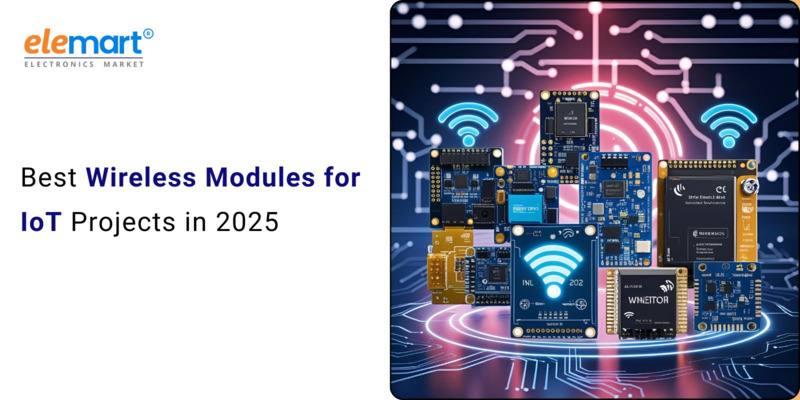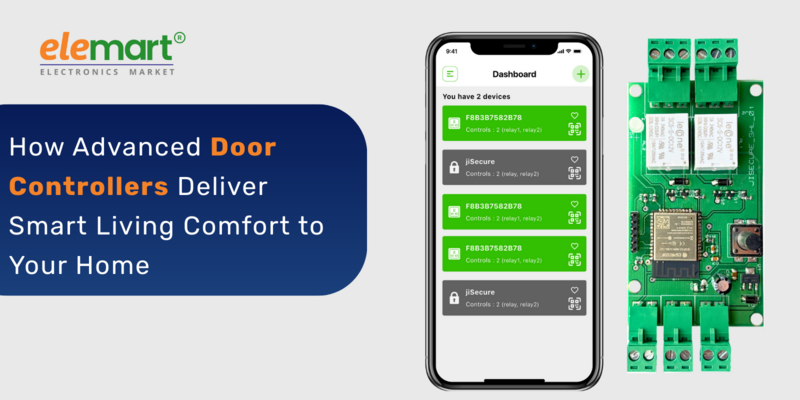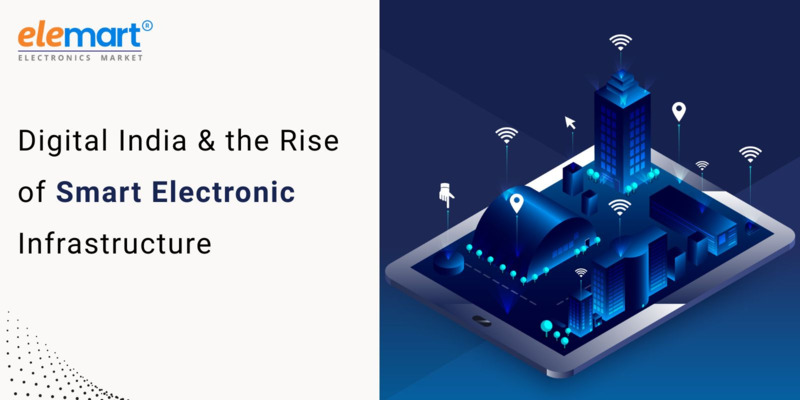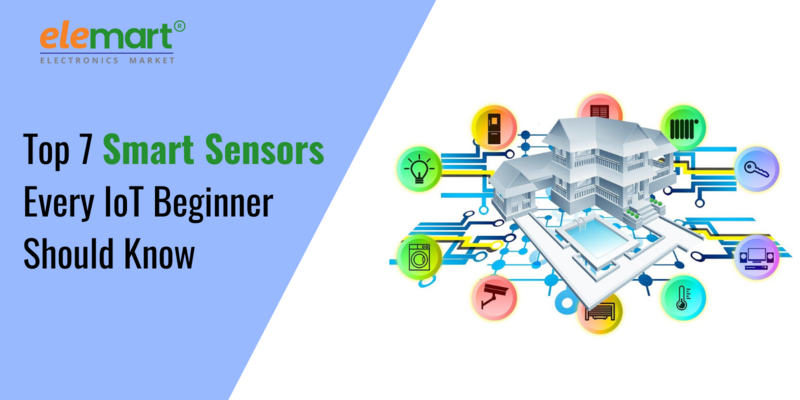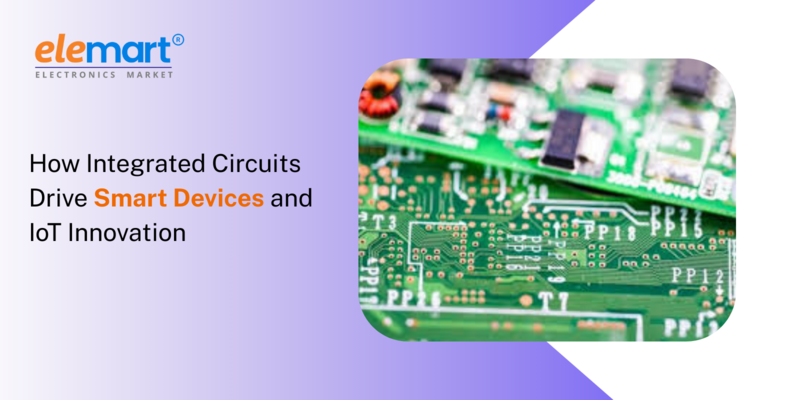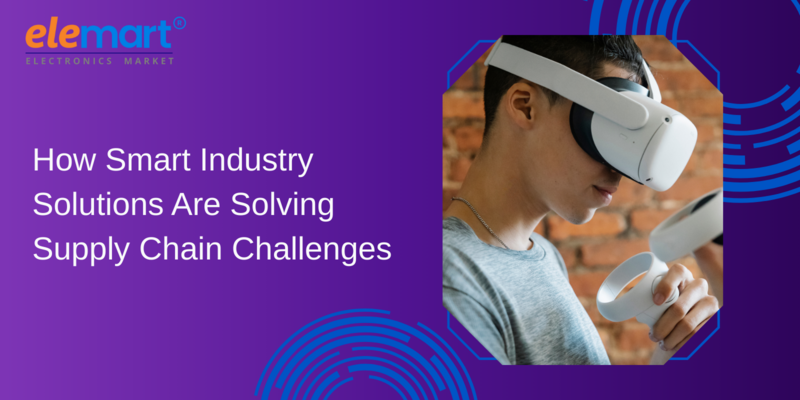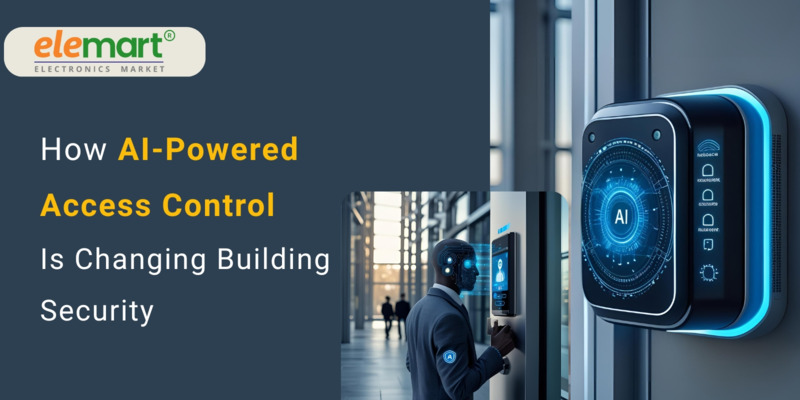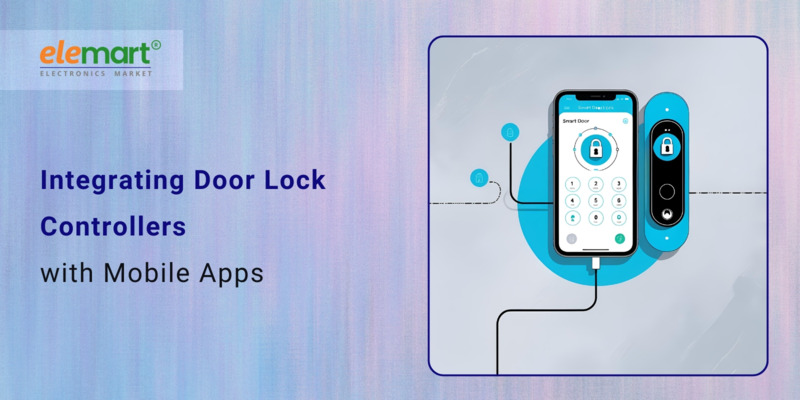- Jun 30, 2025
Share this post on:
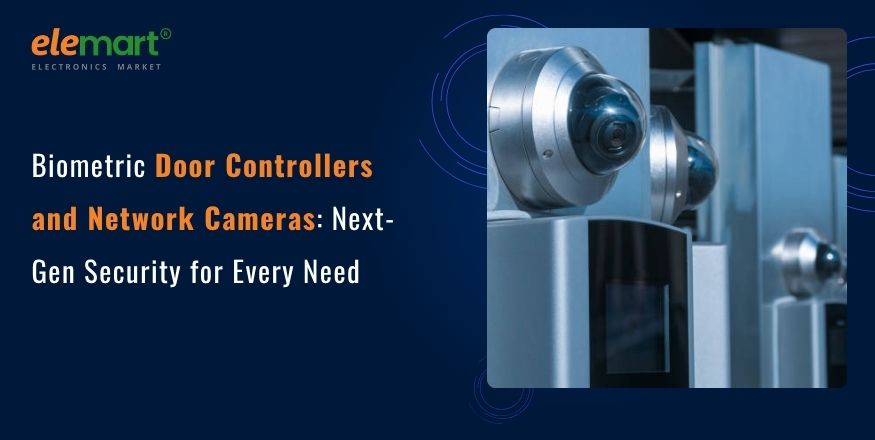
Understanding the Building Blocks: Biometric Door Controllers & Network Cameras
Forget fumbling for keys or remembering complex PIN codes. Biometric door controllers use unique biological characteristics to verify identity and grant access. Here's a look at common biometric methods:
- Fingerprint Scanners: The most prevalent type, fingerprint scanners analyze the unique ridges and patterns on fingertips. Modern scanners are far more advanced than older models, employing live scanning technology to prevent the use of copied fingerprints.
- Facial Recognition: Using cameras, facial recognition systems map facial features and compare them against stored data. Advancements in AI have significantly improved accuracy, even in varying lighting conditions.
- Iris Scanning: Iris scanning analyzes the complex patterns in the iris – the colored part of the eye – which are unique to each individual. This is considered one of the most secure biometric methods.
- Voice Recognition: Analyzing vocal patterns and speech characteristics, voice recognition allows access based on spoken commands.
- Palm Vein Scanning: This technology uses infrared light to map the vein patterns within the palm, offering high security and difficult to forge.
Biometric door controllers can be integrated with existing access control systems or function as standalone units. They offer varying levels of sophistication, from simple ‘yes/no’ access to complex systems with time-based restrictions and audit trails.
2. Network Cameras: Eyes on Your Property, Anywhere
Network cameras, also known as IP cameras, are digital video cameras connected to a network (typically the internet). They go far beyond traditional CCTV systems:
- High Resolution: Modern network cameras offer significantly higher resolution than older analog cameras, providing clearer images for identification and analysis.
- Remote Access: View live footage and recorded video from anywhere with an internet connection, using smartphones, tablets, or computers.
- Smart Features: Many network cameras incorporate intelligent features like motion detection, facial recognition (integrated with the camera itself, or sent to a central server), license plate recognition, and audio analytics.
- Pan-Tilt-Zoom (PTZ): PTZ cameras allow for remote control of camera angle and zoom, expanding the area covered by a single camera.
- Low-Light Performance: Advanced sensors and infrared (IR) illumination enable clear images even in low-light or nighttime conditions.
- Power over Ethernet (PoE): PoE allows cameras to receive power and data over a single network cable, simplifying installation.
The Synergy: How Biometrics and Network Cameras Work Together
The true power emerges when biometric door controllers and network cameras are integrated. This combined approach offers several key advantages:
- Enhanced Access Control: Imagine a scenario where a fingerprint scan grants access, and a network camera simultaneously captures the individual's image and records the event. This creates a definitive audit trail that goes beyond simple access logs.
- Verification & Accountability: If an unauthorized individual attempts to enter using stolen credentials, a network camera can capture their image, potentially leading to identification and apprehension.
- Real-Time Monitoring: Security personnel can remotely monitor access points, viewing live video footage alongside biometric scan data.
- Automated Alerts: The system can be programmed to send alerts to security personnel when unauthorized access attempts are detected, or when unusual activity is observed.
- Improved Incident Response: In the event of an incident, the integrated system provides comprehensive video and access data, facilitating investigation and recovery.
- Contactless Access: Post-pandemic, contactless access is increasingly desirable. Biometrics eliminate the need for physical contact, minimizing the risk of germ transmission.
Applications Across Different Environments
The versatility of this technology makes it suitable for a wide range of applications:
- Residential Security: Protecting homes with biometric entry for doors, garages, and gated communities. Smart home integration adds another layer of convenience and control.
- Commercial Buildings: Securing offices, retail stores, and other commercial spaces. Controlling access to sensitive areas like server rooms and executive suites.
- Industrial Facilities: Monitoring and controlling access to industrial sites, warehouses, and manufacturing plants. Ensuring the safety of employees and protecting valuable assets.
- Healthcare Facilities: Restricting access to patient rooms, pharmacies, and laboratories. Protecting sensitive medical information and ensuring patient privacy.
- Educational Institutions: Securing schools, universities, and research facilities. Controlling access to classrooms, libraries, and laboratories.
- Government Buildings: Securing critical infrastructure and government facilities. Managing visitor access and enhancing overall security posture.
Considerations Before Implementation
While the benefits are compelling, careful planning and consideration are crucial for successful implementation:
- Cost: Biometric door controllers and network cameras can be a significant investment. Consider the long-term cost savings from reduced theft and improved security.
- Scalability: Choose a system that can be easily expanded to accommodate future growth and changing security needs.
- Data Privacy & Security: Biometric data is highly sensitive. Implement robust security measures to protect against unauthorized access and data breaches. Comply with relevant privacy regulations (e.g., GDPR, CCPA).
- Accuracy & Reliability: Choose reputable vendors and thoroughly test the system to ensure accuracy and reliability. Consider factors like false acceptance rates (FAR) and false rejection rates (FRR).
- User Experience: Make sure the system is easy to use for both authorized users and security personnel. Minimize frustration and ensure a positive user experience.
- Integration: Ensure the system integrates seamlessly with existing security infrastructure, such as access control systems and alarm panels.
- Power Backup: Implement a backup power supply to ensure the system remains operational during power outages.
- Maintenance & Support: Establish a plan for regular maintenance and support to keep the system running smoothly.
Future Trends: What’s on the Horizon?
The world of biometric door controllers and network cameras is constantly evolving. Here’s a glimpse into what the future holds:
- Advanced AI Integration: Expect even more sophisticated AI algorithms for facial recognition, behavior analysis, and anomaly detection.
- Edge Computing: More processing will be done directly on the cameras and controllers, reducing latency and bandwidth requirements.
- 3D Facial Recognition: 3D facial recognition will be more common, making spoofing attempts even more difficult.
- Multi-Factor Authentication: Combining biometrics with other authentication methods, such as PIN codes or mobile apps, will enhance security.
- Blockchain Integration: Blockchain technology can be used to securely store and manage biometric data, increasing transparency and trust.
- Cybersecurity Enhancements: As these systems become more interconnected, cybersecurity will be a top priority. Expect enhanced encryption, intrusion detection, and vulnerability management.
- Voice-Enabled Control: Full voice control of security systems will become more widespread, offering a hands-free user experience.
- Thermal Imaging: Integrating thermal imaging capabilities to detect body temperature and identify potential health risks.
Conclusion
Biometric door controllers and network cameras represent a significant leap forward in security technology. By combining the accuracy and convenience of biometrics with the visual intelligence of network cameras, organizations and individuals can create a more secure and responsive environment. Careful planning, robust security measures, and a focus on user experience are essential for maximizing the benefits of these powerful tools. As technology continues to evolve, we can expect even more innovative applications that redefine the future of security.



